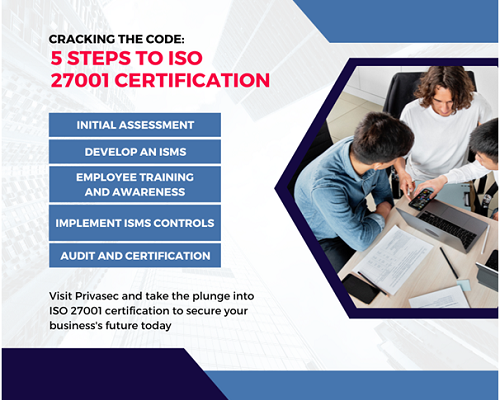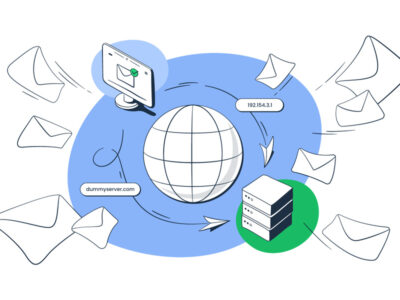Safeguarding your business’s sensitive information is more critical than ever. With cyber threats on the rise, achieving ISO 27001 certification has become a vital step for organisations aiming to enhance their cybersecurity measures and meet global standards.
ISO 27001 is an internationally recognized standard for information security management, providing a systematic approach to managing sensitive company information so that it remains secure. This certification not only helps protect your data but also instil confidence in your clients and partners by demonstrating your commitment to information security.
Ready to step up your business’s cybersecurity game to meet global standards? AE ISO 27001 certification is the key, and here are five steps to get you there:
1. Initial Assessment
Before commencing your ISO 27001 journey, it is imperative to conduct a comprehensive audit of your current cybersecurity infrastructure. This audit entails a meticulous examination of your existing information security management system (ISMS) to identify any gaps or vulnerabilities that may compromise the integrity of your data. By scrutinising your cybersecurity measures at this initial stage, you lay the groundwork for a strategic and targeted approach to enhancing your organisation’s resilience against cyber threats.
2. Develop an ISMS
Constructing a robust ISMS is paramount to achieving ISO 27001 certification. It is essential to ensure that your ISMS not only meets the stringent requirements set forth by ISO 27001 but also aligns seamlessly with your organisation’s unique business objectives and operational dynamics. It involves the development of comprehensive policies, procedures, and controls encompassing all facets of information security management, ranging from data encryption protocols to incident response procedures.
3. Employee Training and Awareness
Recognise that your staff constitutes the frontline defence against cyber threats. Invest in comprehensive training and educational programs to equip them with the knowledge and skills necessary to navigate the evolving landscape of ransomware risks and mitigation strategies effectively.
Encourage open communication channels and provide regular updates on emerging threats and best practices to ensure that your workforce remains vigilant and proactive in safeguarding sensitive information assets.
4. Implement ISMS Controls
Execute the ISMS controls specified in your system meticulously. These controls, meticulously outlined to meet the standards of ISO 27001, form the backbone of your cybersecurity strategy. You can establish a robust framework to effectively manage and mitigate risks to information security by implementing these controls with precision. Each control serves as a critical component in safeguarding your organisation’s sensitive data and fortifying your defences against potential cyber threats.
5. Audit and Certification
Engage the services of an accredited audit company with expertise in assessing information security management systems (ISMS). These professionals conduct a meticulous evaluation to ascertain the alignment of your security practices with the stringent criteria outlined in ISO 27001 standards. Through comprehensive scrutiny of your ISMS implementation, they identify areas of strength and opportunities for improvement, offering invaluable insights to enhance your cybersecurity posture. After passing the audit, an ISO 27001 certification is granted.
Visit Privasec and take the plunge into ISO 27001 certification to secure your business’s future today.














Comments